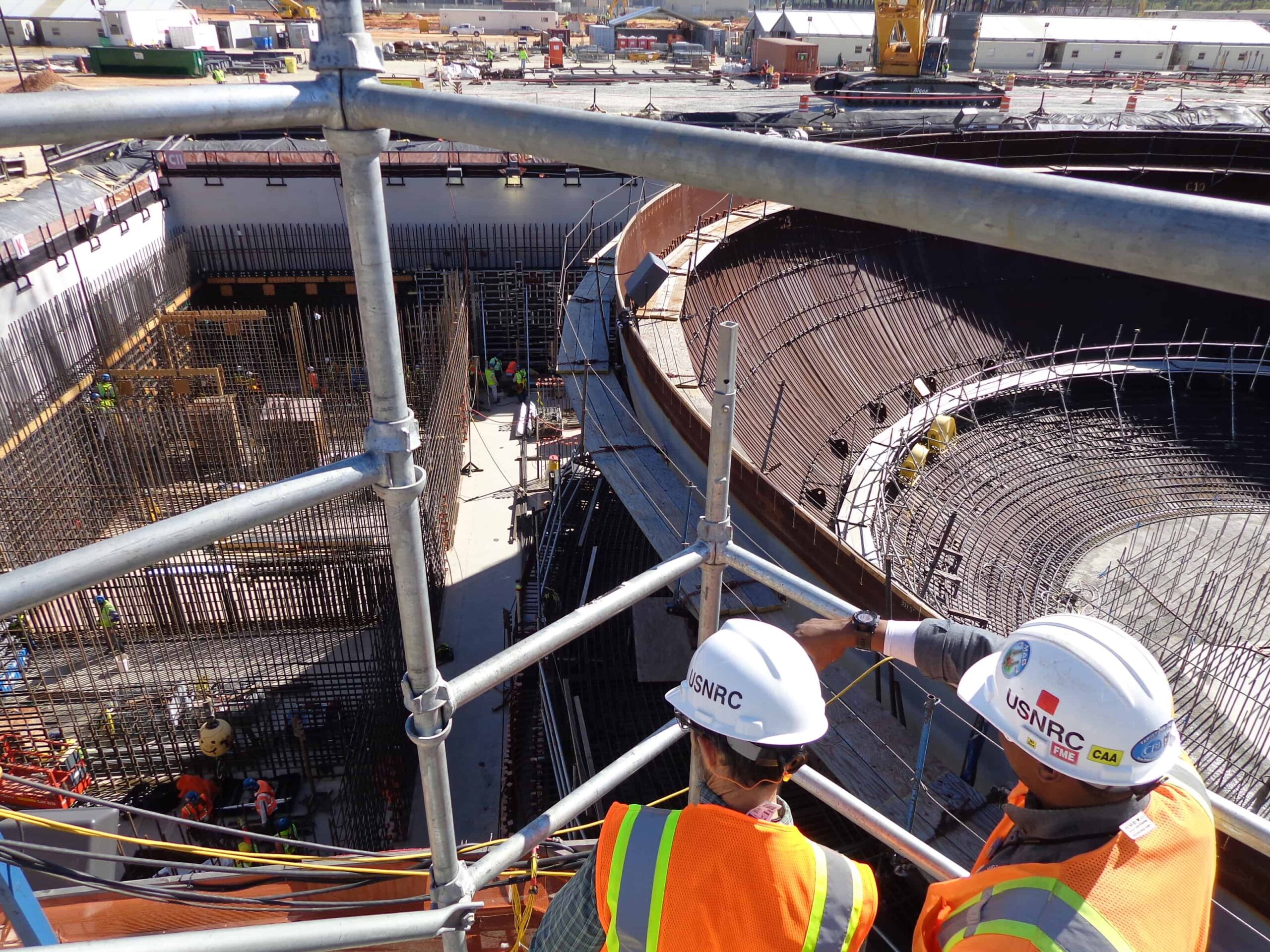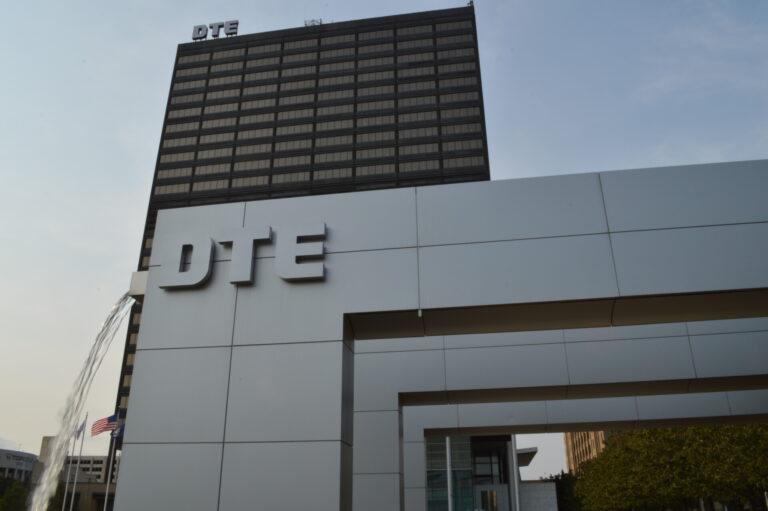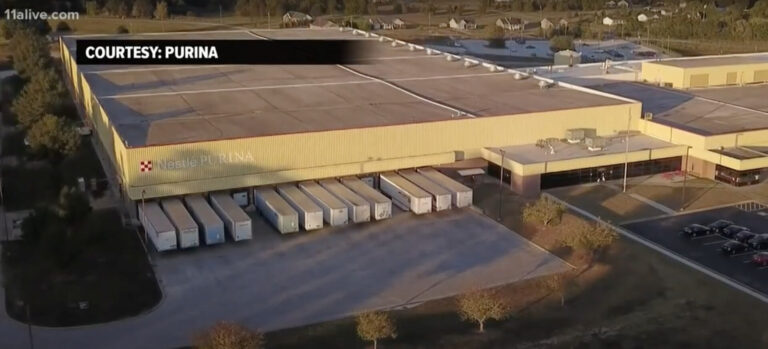Price Tag For Plant Vogtle Jumps Higher, Total Project Now at $27.3 Billion

On August 8, 2018, Georgia Power announced a $2.3 billion increase to the estimated cost to finish the new nuclear units at Plant Vogtle, of which its share of the cost overrun is $1.1 billion. Georgia Power claimed that it would absorb $700 million of the $1.1 billion in its press release, leaving questions about the remaining $400 million in costs and if those costs would ultimately be paid by unsuspecting Georgia Power customers.
Georgia Power customers, however, are not getting the full story.
Later the same day, Southern Company, the parent company of Georgia Power, disclosed $350 million of financing costs to be charged to customers in its second quarter earnings presentation. Southern Company noted the costs in a footnote and excluded them from any discussion on the true cost of the latest overrun.
In response to questions from the Energy and Policy Institute, Georgia Power spokesman John Kraft said $250 million of the $350 million in question had already been reported to investors and the true increase in financing costs was $100 million.It is likely that customers will be left picking up a significant share of the latest cost overrun: the $400 million in increased contingency costs announced by Georgia Power, and the $100 million in additional financing costs detailed in the Southern Company presentation – contrary to claims that the utility would be absorbing all of the overrun costs.
In a GPB radio interview, Georgia Public Service Commissioner Tim Echols said, “On this particular price increase, the power company is eating it and rightly so.” Later on, he said, “When I talked to [Commissioner] Pridemore and [Commissioner] Eaton they were livid about this. … They [Georgia Power] were aware that these Commissioners, no way were they giving them the money so they rightly decided to eat the $1.1 billion.”
However, the utility already has stated that it very well might attempt to recover $400 million of the $1.1 billion in contingency costs “when appropriate in the future,” a spokesperson told the Atlanta Journal-Constitution.
When asked for comment by the Energy and Policy Institute, Commissioner Echols responded, “The certified cost of the plant that ratepayers are responsible for did not change at result of Georgia Power eating $1.1 billion last week. However, many forget that the 1991 integrated resource plan legislation passed by the Georgia legislature allows utilities to recover all prudently incurred expenses after the project is completed.”
Impact on Co-Owners
Vogtle co-owners are also on the hook for their $1.2 billion share of Vogtle’s cost increase. Unlike Southern Company, Oglethorpe Power, Dalton Utilities, and the Municipal Electric Authority of Georgia (MEAG) do not have shareholders, which means its customers will directly pay for all of the increase.
| Vogtle Co-Owner | % Ownership of Project | Resulting Share of $1.2 Billion Vogtle Overage Owed by Customers |
| Oglethorpe Power | 30% | $690,000,000 |
| Municipal Electric Authority of Georgia | 22.7% | $522,100,000 |
| Dalton Utilities | 1.6% | $36,800,000 |
Source: Georgia Power
Trouble in Paradise?
Jacksonville Electric Authority (JEA), who owns a portion of the project through MEAG, recently signaled its desire to leave its contract, citing the project’s poor economic performance.
In a bombshell letter, first reported by Nate Monroe at the Florida Times-Union, JEA interim CEO Aaron Zahn states, “a decision to continue [Vogtle] cannot be justified on any rational basis.”
In an analysis sent to MEAG, JEA claimed it could save hundreds of millions of dollars by canceling the project, in direct contradiction to Georgia Power’s claim before the Georgia Public Service Commission that the project is economical and should continue.
The total cost of the Vogtle expansion project is now at $27.3 billion.
Georgia Power’s full statement to the Energy and Policy Institute:
Georgia Power is only allowed to collect financing costs above $4.4 billion in base capital costs once the new Vogtle units come online – financing costs above $4.4 billion are deferred and treated as AFUDC, expected to be collected from customers over the life of plant. The $350 million (a roughly $100 million increase) in AFUDC financing costs referenced in the earnings materials is NOT related to the $1.1 billion increase in the total capital cost forecast for the project announced last week. Instead, it is due to the spending curve for the project and that we expect that we will reach the $7.3 billion previously forecasted capital and construction cost amount sooner. The financing costs that are expected to be capitalized through AFUDC have been previously anticipated and reported and will only be collected once the new units come online, and will be distributed over 60 years of operation.
Photo source: Nuclear Regulatory Commission, Flickr – https://bit.ly/2BBMLl1



